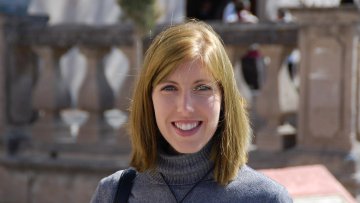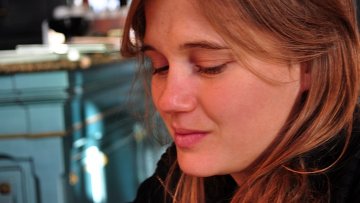A multilevel method for semidefinite programming relaxations of polynomial optimization problems with structured sparsity
Abstract
We propose a multilevel paradigm for the global optimisation of polynomials with sparse support. Such polynomials arise through the discretisation of PDEs, optimal control problems and in global optimization applications in general. We construct projection operators to relate the primal and dual variables of the SDP relaxation between lower and higher levels in the hierarchy, and theoretical results are proven to confirm their usefulness. Numerical results are presented for polynomial problems that show how these operators can be used in a hierarchical fashion to solve large scale problems with high accuracy.





